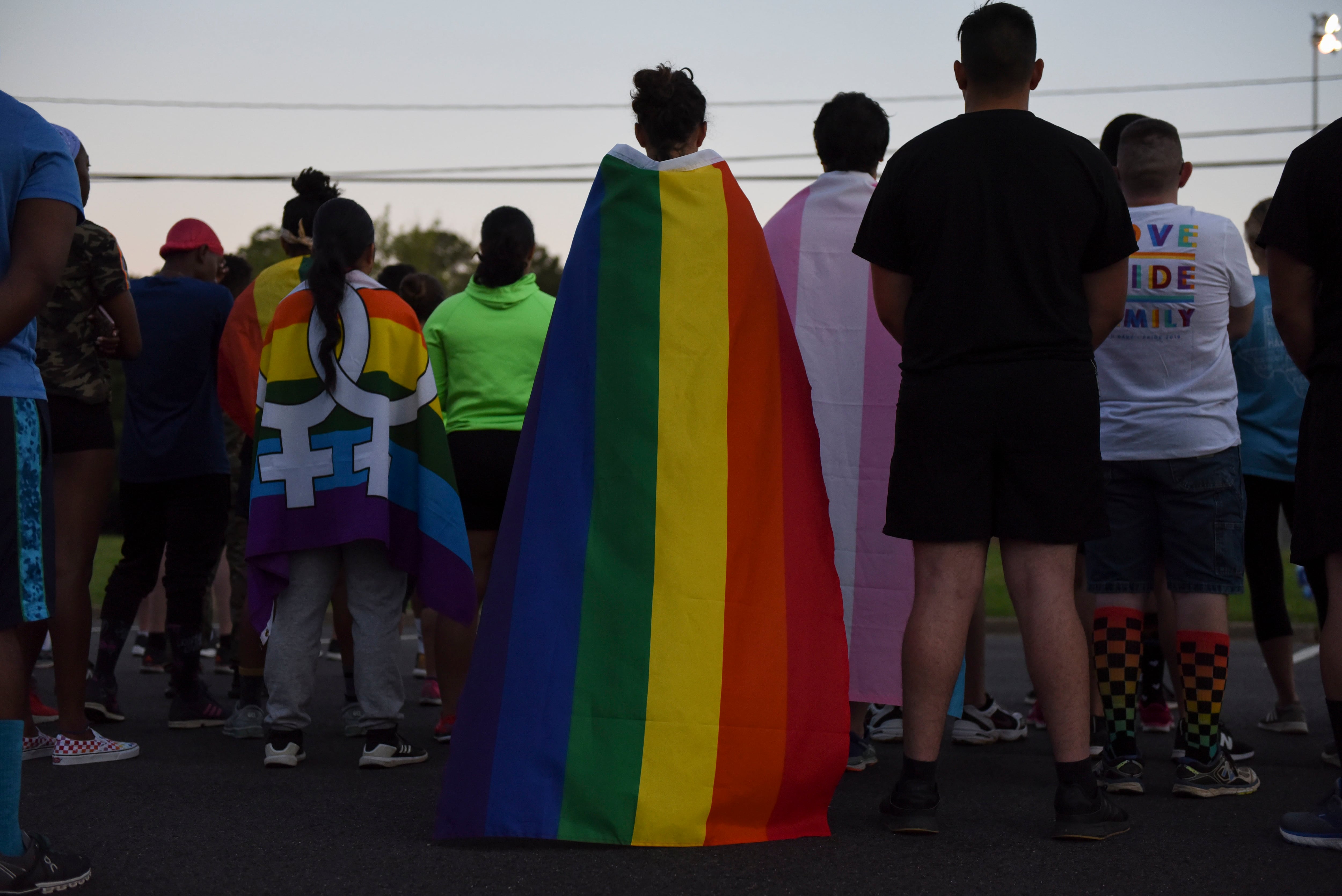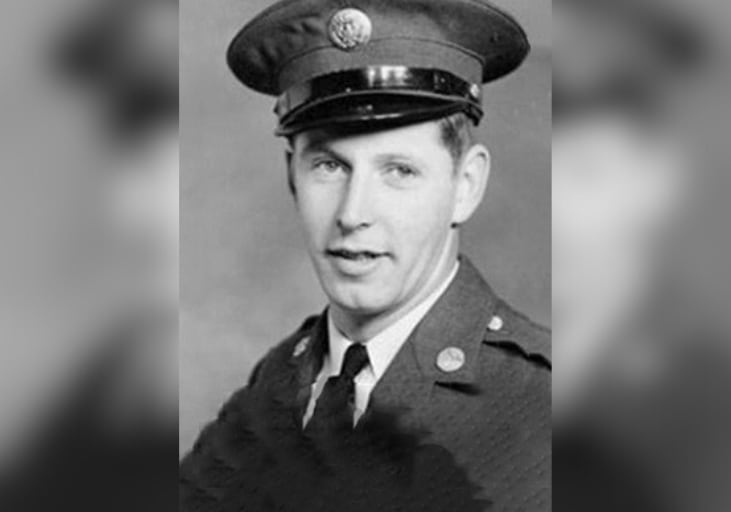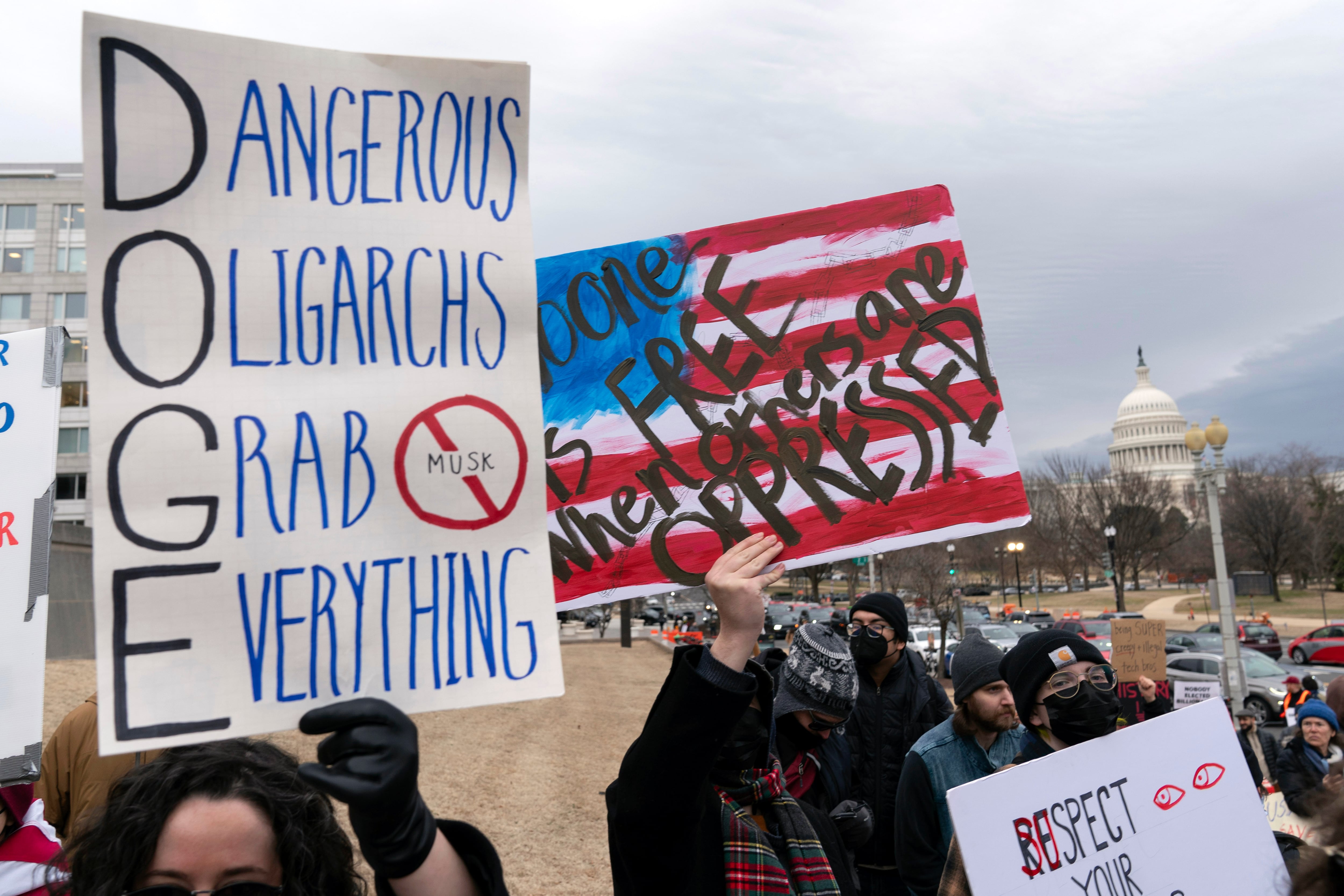Army special operators wanted a way to protect themselves from tear gas — something lightweight, something that goes on fast, something that works even if the operator is sporting a beard.
Army researchers rose to the challenge with the Integrated Respiratory and Eye Protective Scarf, but their work isn't done yet.
Here's what you need to know about IREPS, and how the new gear could reach the finish line:
1. The design. A filter that keeps out 2-chlorobenzalmalononitrile — CS gas or tear gas, for the nonchemists — is connected to stretchable fabric that wraps around the soldier's head and secures in the back via Velcro. Researchers described it as "one size fits most" and said it would be compatible with any facial hair, as well as any headgear.
The wrap, Wilke said, was the "best bet to accommodate everything."
Early tests of the wrap received positive feedback from soldiers, researchers said.
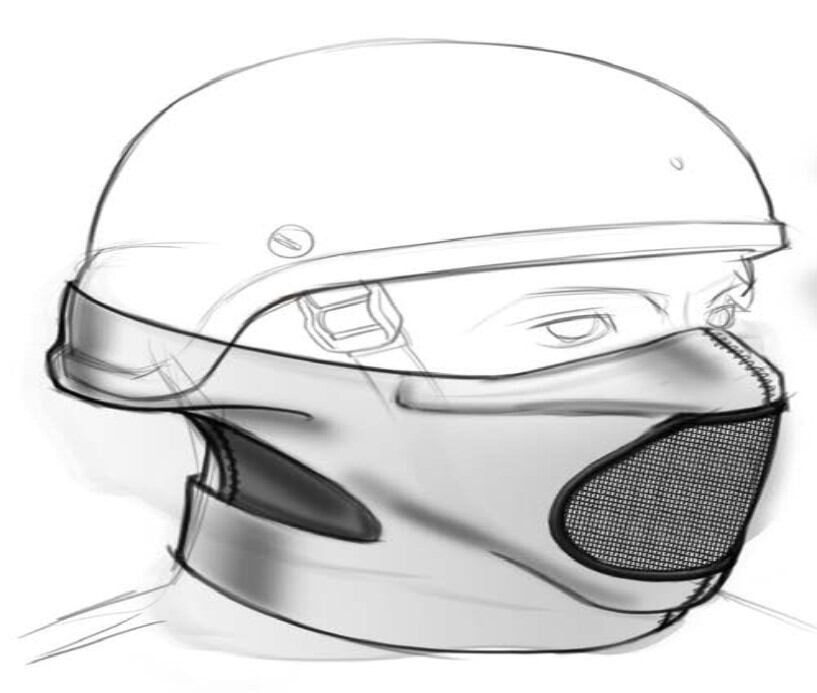
Army researchers used sketch art to develop the early concept for the Integrated Respiratory and Eye Protective Scarf.
Photo Credit: Army
2. Know your limits. The gear isn't designed to replace existing gas masks: While tests showed a filtration capacity that could protect the wearer from breathing in tear gas for 140 minutes, it's not geared toward stopping other airborne agents.
The design also doesn't allow a used filter to be swapped out for a new one — and there is the matter of the eyes, too.
3. Eye pro problem. Instead of attaching cumbersome, see-through plastic to the prototype, researchers said they hoped to test modifications to special operators' eye wear of choice — often high-end sunglasses — that would create a goggle-style seal.
Preliminary work on that part of the project was underway when researchers hit a snag they couldn't solve in the lab.
4. Good IDEAS. Initial research funding, about $50,000, came from the ECBC's Innovative Development of Employee Advanced Solutions program, which fosters work on in-house concepts that lack big-ticket sponsorship. Wilke, along with partners Dan Barker and Dave Caretti
and Dave Caretti , work in the center's respiratory technology division.
, work in the center's respiratory technology division.
But such efforts of IDEAS efforts have limits. The mask's nine-month development window closed in August, and researchers are hoping to secure additional money — $100,000 to $150,000, Wilke estimated — to continue testing.
"We need to find a partner to gain some additional funding to really try to solve the eye protection piece," Barker said, adding that once that part of the project is complete, "we really feel like [what's left] is fine-tuning."
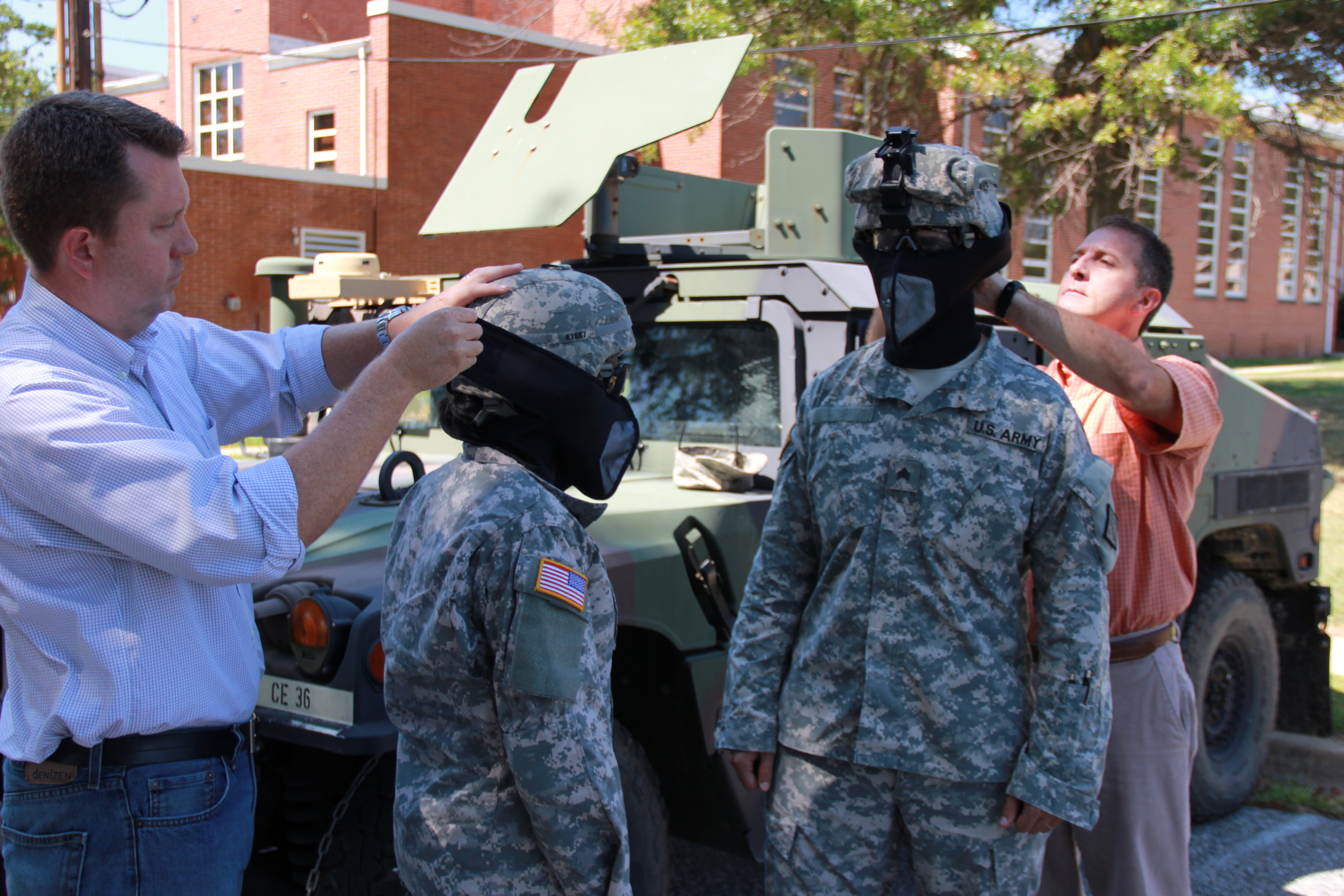
Army researchers Dave Caretti, right, and Dan Barker, left, instruct and assist two soldiers using the mask/wrap they developed at the Army's Edgewood Chemical Biological Center.
Photo Credit: Army
5. Beyond Special Forces. The gear could have applications beyond special operators. Law-enforcement personnel responding to a domestic protest, for example, could carry the fold-able masks in case the situation got ugly.
"The military does serve, with the National Guard and things like that, some domestic issues," Wilke said. "You look at what happened in Baltimore earlier in the year, there were some military people down there, and this could've been potentially useful for them, just to have as an option."
Kevin Lilley is the features editor of Military Times.

